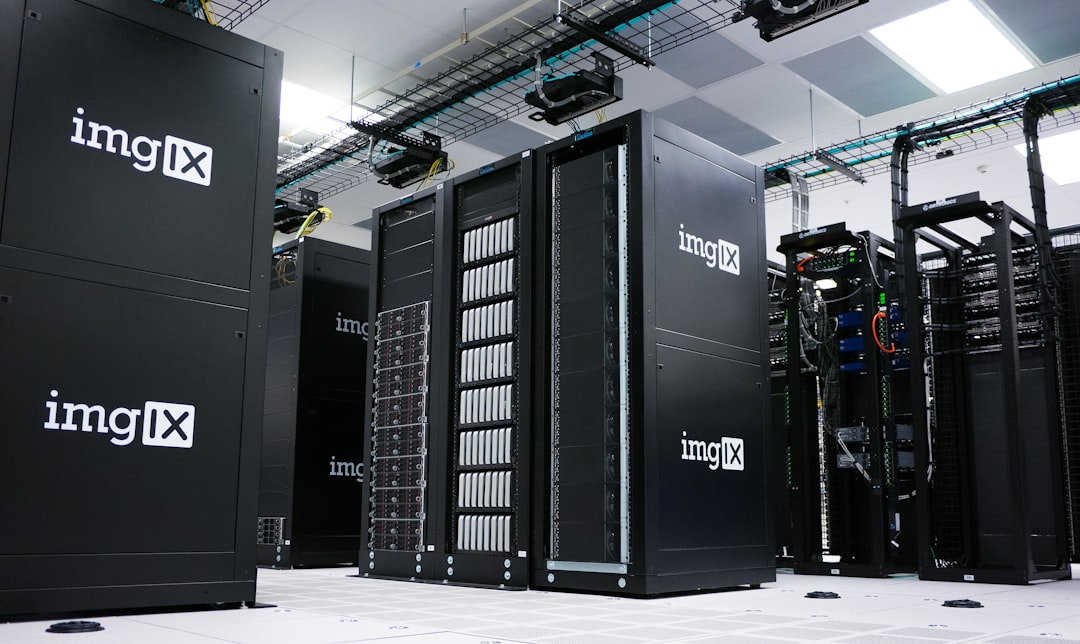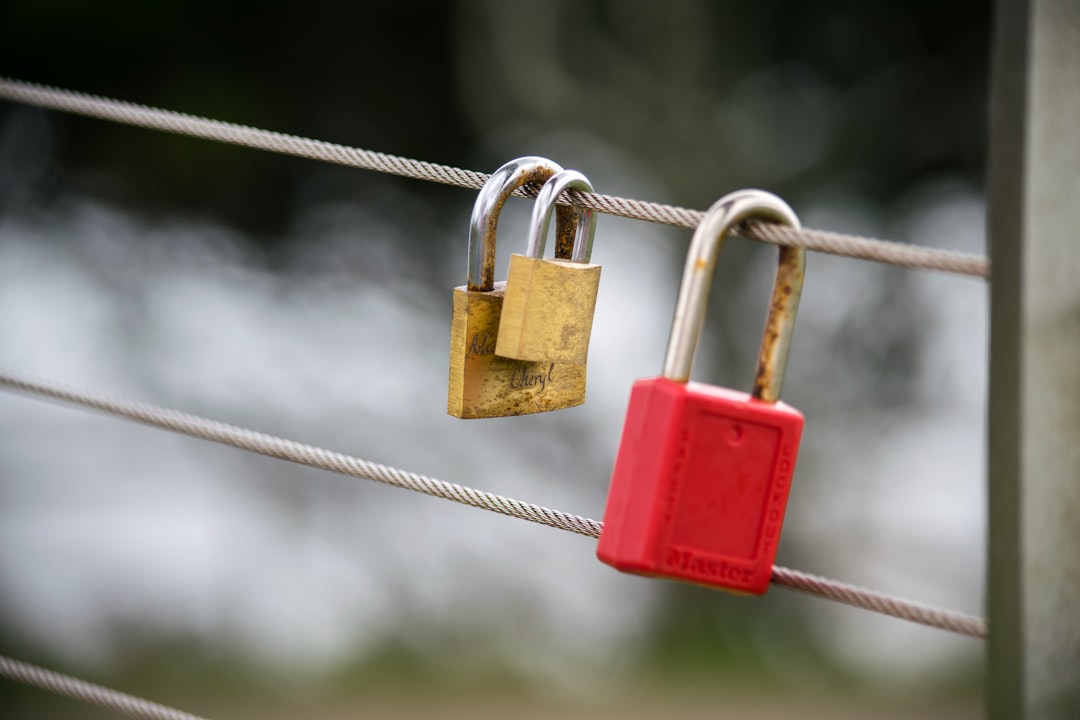Storing files in the cloud can feel like placing your favorite items in a magical digital locker. But how safe is that locker? And what do U.S. users need to know before uploading their photos, documents, or cat videos? Let’s break it down in simple terms, no tech degree needed!
What is Cloud Storage, Anyway?
Think of cloud storage as renting space on someone else’s super secure computer. Instead of saving files on your laptop or phone, you save them online. You can then access them from anywhere — your home, office, even the beach.

Popular services like Google Drive, Dropbox and iCloud make this easy. But convenience comes with a big question: is your data actually safe?
Who Can See Your Stuff?
Just because your files are “in the cloud” doesn’t mean they’re floating freely in cyberspace. Good services protect them with security tools like encryption (we’ll talk about that next). But depending on the provider, someone could still peek — especially if the law says they can.
Here’s who might access your data:
- You — of course!
- Your cloud provider — their system often has access, even if they say they won’t look.
- Hackers — if you use weak passwords or get phished.
- The U.S. government — with the right warrant or under certain laws.
Encryption: Your Digital Lock and Key
Encryption scrambles your data so no one can read it unless they have the special key. Think of it as writing a secret message that only trusted people can decode.
There are two types:
- In-transit encryption: Protects your files as they travel to the cloud.
- At-rest encryption: Keeps them safe while sitting in storage.
The best cloud providers use both. Some even offer end-to-end encryption, which means only you can unlock your files — not even the provider can see them!
What U.S. Laws Say About Your Cloud Data
Privacy laws in the U.S. are, well… a little complicated.
Here are a few key ones to know:
- Stored Communications Act (SCA): Lets the government request access to emails and files stored with third parties.
- Patriot Act + FISA: Allow surveillance for national security reasons.
- California Consumer Privacy Act (CCPA): Gives Californians more control over their personal data.
If your data is on a U.S.-based server, it’s possibly within the reach of government agencies. Scary? A little. But there are ways to protect yourself.
Tips for Staying Safe in the Cloud
- Use strong, unique passwords for each cloud service. And use a password manager.
- Enable two-factor authentication (2FA): It’s like a double lock for your cloud locker.
- Pick a provider with end-to-end encryption: Some options include Sync.com or Tresorit.
- Read the fine print! Know what the company can do with your data.
- Back up your files locally in case the cloud disappears (which is rare, but not impossible).

For Bonus Points: Use a VPN
A virtual private network (VPN) shields your internet activity from prying eyes. It’s like sending your files to the cloud through a secret tunnel. This can be especially helpful when using public Wi-Fi at coffee shops or airports.
The Bottom Line
Cloud storage is super handy and mostly safe — if you use it wisely. Understand the company’s privacy promises. Use security tools. And never assume your data is 100% private just because it lives in the cloud.
After all, a strong lock is only as good as the person holding the key — and that person is you!



Leave a Reply